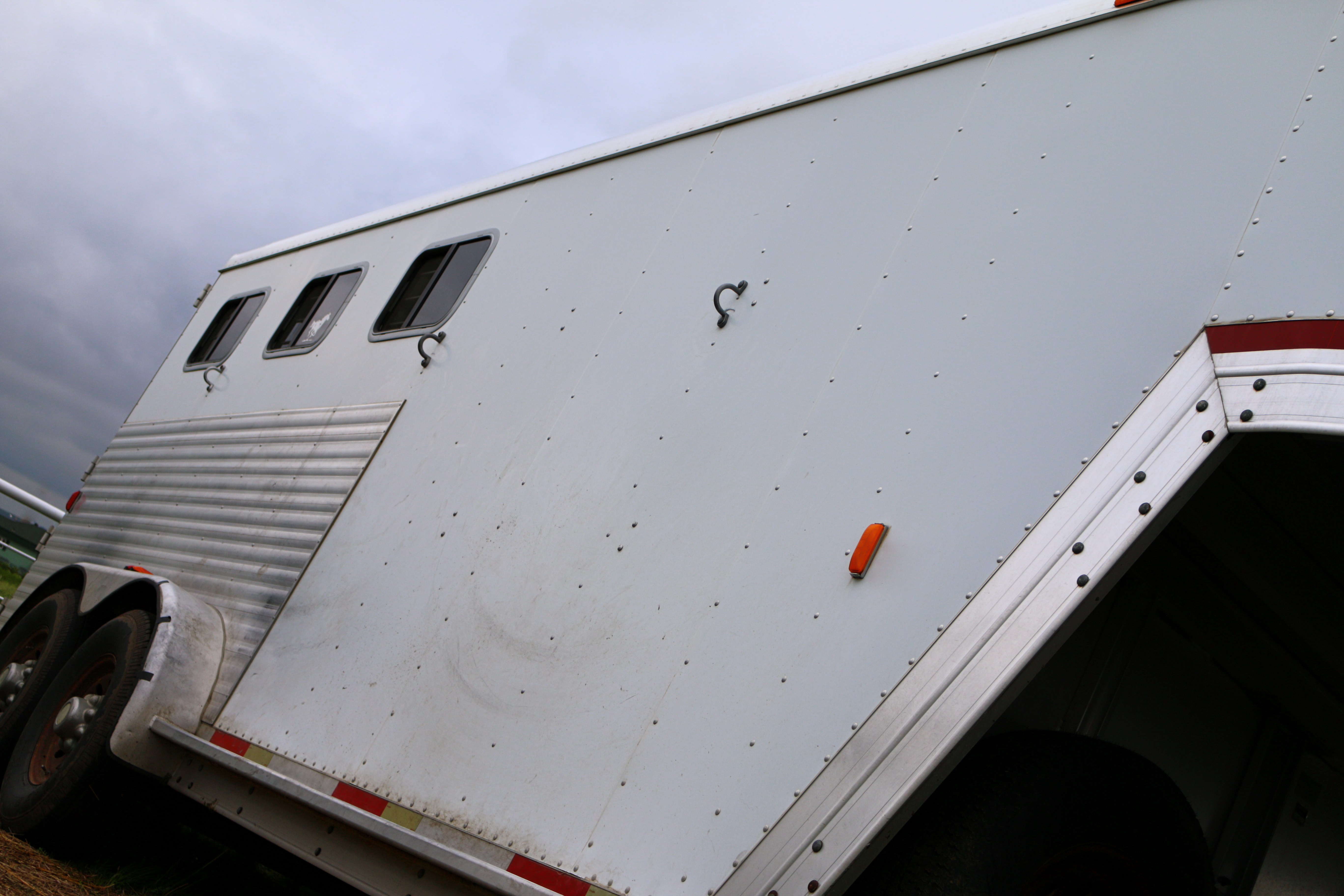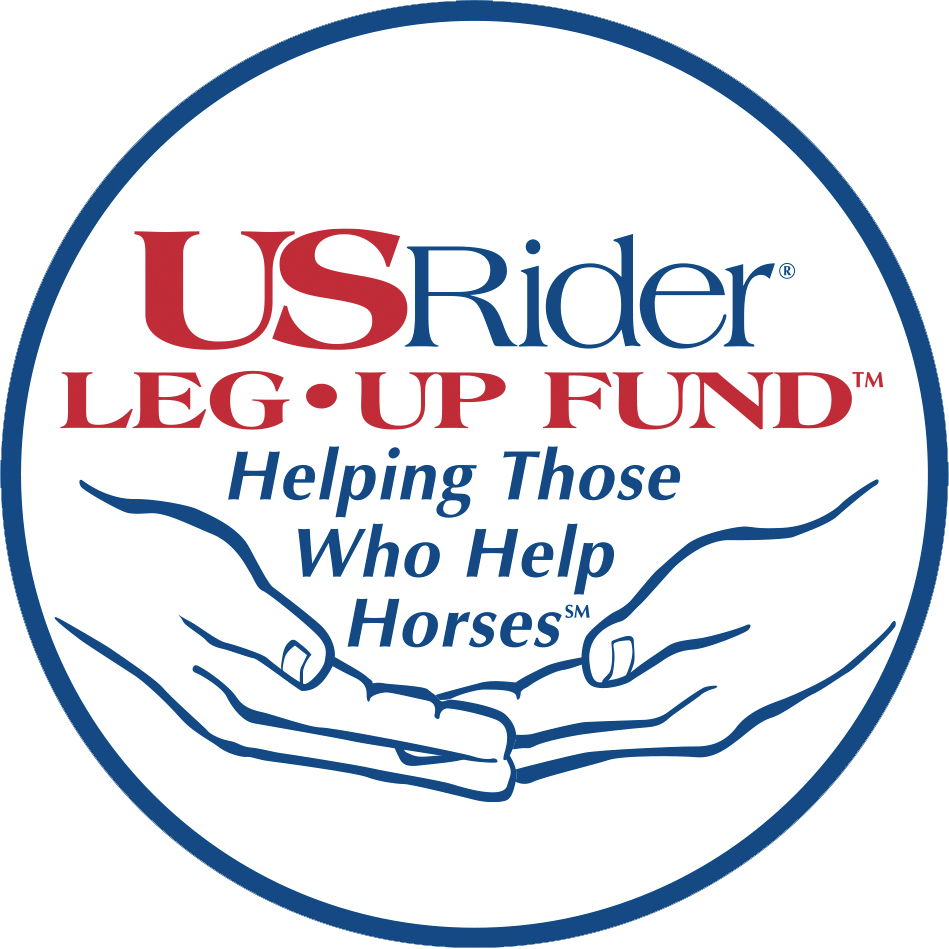Trail riding, by its very nature, means you’re on the go. You regularly hit local trails, but now you’re ready for a trailer of your own for the freedom to travel to scenic trails near and...

Trail riding, by its very nature, means you’re on the go. You regularly hit local trails, but now you’re ready for a trailer of your own for the freedom to travel to scenic trails near and far.

Credit: Kent & Charlene Krone Photo: Ramp or step-up? Find out which one your horse prefers. Some horses object to the hollow sound their hooves make as they clop up a ramp; others object to taking a big step into — and out of — the trailer stall. If you opt for a ramp, it should be solid, low, and provide good traction.
Your trailer doesn’t have to be fancy, but it does need to fit your tow vehicle, be comfortable for your horse, and above all, be safe.
Here’s a guide to trailer shopping, plus a trailer-safety checklist, and nine must-have trailer accessories.
Shopping Savvy
When shopping for a used or new trailer, look for features that will make trailering safe and comfortable for both your horse and you. You also want features that will help keep your trailer’s resale value high.
Note that if your budget requires that you choose between a cheap new trailer and a good used one, the latter will be a wiser choice. High-quality, well-maintained trailers hold their value, whereas cheap, poorly made ones are dangerous to use and difficult to sell later.
Here’s what to look for in new and used trailers.
• Color counts. A light, bright exterior will help the trailer stay cool; dark colors absorb much more heat. A light, bright interior will make the trailer look more inviting to your horse. Many “problem loaders” are simply afraid to get into a dark cave (where a predator might lurk), and will walk right into a light and airy trailer. But don’t write off a good trailer just because it’s a dark color — color can be changed. If everything else about a trailer says “buy me,” it may be worth investing in a new paint job.
• Size matters. When it comes to trailers, think taller, wider, better. Think of the largest horse you own, or the largest horse you could possibly imagine hauling, and look for a trailer that would let that horse ride comfortably. Your horse needs length, width, and headroom — as much as possible of each. Length and width allow him to balance with his legs; height allows him to balance with his head and neck. (Tip: Breast bars provide more head-and-neck balancing room than mangers do.)
• Straight- or slant-load? Horses prefer to stand at a slight slant in a large open space. If horses could choose trailers, their first choice would be an open stock trailer; their second choice would be a wide, tall straight-load trailer, which gives them room to balance.
• Ramp or step-up? In this case, find out which one your horse prefers. Some horses object to the hollow sound their hooves make as they clop up a ramp; others object to taking a big step into — and out of—the trailer stall. If you opt for a ramp, it should be solid, low, and provide good traction. If you opt for a step-up, make sure the rear edge of the trailer and the space just underneath is rounded or padded to minimize the risk of injury should your horse slip — and slide underneath the trailer.
• Dividers. Any dividers should be partial, never extending low enough to restrict your horse’s ability to spread his legs for balance. Any divider that reaches to the floor should be modified or removed entirely.
• Interior details. Check the latches, dividers, tie rings — anything your horse could possibly touch. Don’t trust your eyes—use your hands to check surfaces, trim, rivets, bolts, and welds for sharp edges and rough spots. Check the padding, too. Some padding looks smooth and soft, but contains nothing but cardboard, which should be replaced with a layer or two of dense foam.
• Windows.Ventilation is essential. Without a constant supply of fresh air, your horse risks respiratory problems, including shipping fever (a severe respiratory ailment). Good windows (with screens, to keep out debris) and roof vents will help keep the air fresh; the open area in front of the breast bar will allow your horse to drop his head and neck, which is the only way he can clear his respiratory system. If you tie him, leave enough slack to allow him to drop his head.
• Suspension. No horse enjoys bouncing and bumping down the road, so look for a trailer with rubber torsion suspension.
• What lies beneath. On used trailers, check the frame, axles, and axle brackets. They should be straight, sound, and free from cracks. Also, check the frame supports that hold up the trailer floor. If there’s anything wrong, cross this trailer off your list. Light rust is normal in a used trailer, but beware of heavy rust.
• Floorboards. On used trailers, check the floorboards, which can deteriorate even if the trailer isn’t used often. If you can push a screwdriver blade more than one-quarter-inch into the floorboards, keep looking, or be prepared to replace them with a good hardwood, such as oak.
Trailer-Safety Checklist
You’ve done everything right. Your trailer is large, airy, comfortable, and well-balanced, and your horse loads willingly and hauls without a fuss.
Your tow vehicle has a solid truck chassis and an excellent towing package, and you’ve installed a weight-distribution hitch. You should be ready to head down the road, right?
Almost. Before you leave, there are some things you should check every single time. Take a few moments to walk around your rig, and take a last, hard look.
Hardware. Check your hardware for smooth function and for cracks. Check everything from windows and walk-through doors to the rear doors and ramp. Tip: Regularly lubricate hinges and latches to keep them from “freezing” in one position, and to extend their lifespan.
Wheels/tires. Your trailer tires should be in good shape, and that goes for both tread and sidewalls. Check the spare tire, too, in both your towing vehicle and trailer. Keep all tires fully inflated. Make sure that all the wheels’ lug nuts are tight. Tip: Repack your wheel bearings at least yearly; more often, if your trailer sees a lot of use.

Credit: Clixphoto.com
Hitch. Be sure that the hitch is on, and that the socket (if it’s a bumper-pull) is closed and locked over the ball. The hitch collar should slide easily and close completely over the ball. If the lock pin is missing, replace it. The ball should be no smaller than two inches, and might be larger. While you’re looking at the hitch, be sure all the bolts are tight and none is broken.
Safety chains. Safety chains should be crossed and hooked to the frame of the towing vehicle. Be sure they’re solid and heavy, with every link in good condition — they’ll need to hold the trailer in an emergency. A hauling rig, like a chain, is only as strong as its weakest link. The truck frame, hitch, draw bar, ball, chains, and trailer frame all must be able to handle the load.
Brakes. Check the trailer brakes and your brake controller. Some trailers have their own braking system; some don’t. If yours doesn’t, keep in mind that your towing vehicle is providing all of the stopping power for both your towing vehicle and your trailer; be especially careful to avoid any sudden stop that could cause your trailer to jackknife. Do you have breakaway brakes? Check that the cable isn’t snagged on anything, and that it’s long enough. You don’t want it to over-tighten and break, or pull the coupler loose, if you have to make a tight turn.
Lights. Brake lights, turn signals, and running lights should all be working. Check inside trailer lights, as well. Have someone inside your towing vehicle test the brakes, then the right and left turn indicators. Make sure the lights on both your towing vehicle and trailer are fully functional.
Dashboard. Check the fluid levels. If anything needs topping off, from fuel to windshield-washer fluid, take care of it now.
Windows, vents, doors. Open the windows and the roof vent, and close the screens to safely provide your horse fresh air. Look inside the trailer to be sure you have everything (water tank? tack trunk? saddles? broom?), then close the doors, and check that they’re truly shut.
Ramp and rear door(s). Every once in a while, someone starts to drive off without lifting the ramp or closing the back of the trailer. If you do a walk-around inspection before every trip, this won’t happen to you.
Your horse. Don’t laugh. Believe it or not, every so often, someone gets to a trailhead only to discover that something important was left behind: the horse! Again, your walk-around inspection will ensure that you never unintentionally leave your horse at home.
Jessica Jahiel, PhD is an internationally recognized clinician and lecturer, and an award-winning author of books on horses, riding, and training. Her email newsletter (www.horse-sense.org) is a popular worldwide resource.


"*" indicates required fields